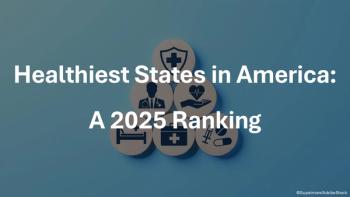USPSTF: New Lung Cancer Screening Recommendations Will Double Number of Eligible Patients
The proposed recommendations will allow more women and black patients to be eligible for lung cancer screening.
The US Preventative Services Task Force (USPSTF) recently announced proposed changes to its lung cancer screening recommendations that would double the number of eligible patients, particularly among women and black patients.
In a July 7, 2020
The current
“Some really good news from the changes to this recommendation is that it will mean more people are eligible for screening, including notably more African Americans and women,” said USPSTF member John B. Wong, MD, in the task force press release. “Making screening for lung cancer available to people who have smoked less over time will help doctors support the health—and potentially save the lives—of more of their African American and female patients.”
Data show that black and female patients tend to smoke fewer cigarettes than white men but also that black patients have a higher risk of lung cancer vs white patients. This strongly suggests that the difference in risk is more apparent at lower levels of smoking intensity.
In the discussion section of its guidelines, the USPSTF estimates, among non-Hispanic blacks, the relative increase in screening would be 105% vs 77% among non-Hispanic whites. Also, there would be an approximately 81% relative increase among men vs a 96% increase in screening among women.
The new recommendation is a Grade B recommendation and USPSTF is accepting public comments on its proposed recommendation until August 3, 2020.
“New evidence provides proof that there are real benefits to starting to screen at a younger age and among people with a lighter smoking history,” said USPSTF member Michael J. Barry, MD, in the same press release. “We can not only save more lives, we can also help people stay healthy longer.”
Newsletter
Enhance your clinical practice with the Patient Care newsletter, offering the latest evidence-based guidelines, diagnostic insights, and treatment strategies for primary care physicians.
























































































































































































































































































































